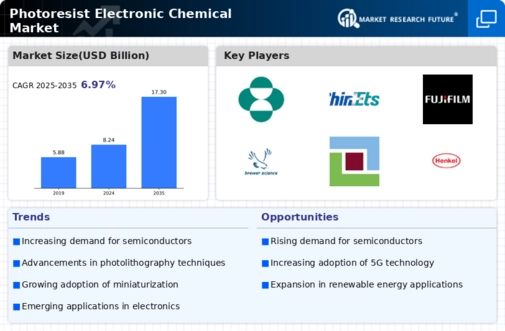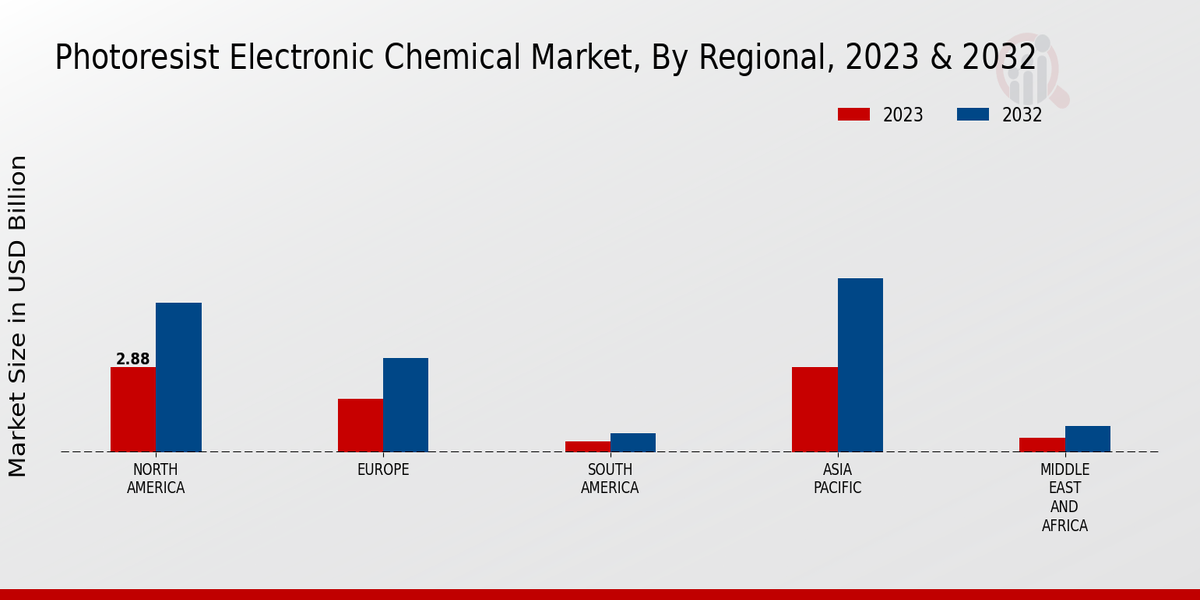Major players in the Photoresist Electronic Chemical Market are adopting various strategies to increase their market share and maintain their position in the industry. These strategies include mergers and acquisitions, product innovation, and geographic expansion.
Leading Photoresist Electronic Chemical Market players are investing in research and development to develop new products and technologies that meet the evolving needs of the market. The Photoresist Electronic Chemical Market industry is characterized by intense competition, with a number of leading players competing for market share.
Some of the key players in the market include Brewer Science, JSR Corporation, Shin-Etsu Chemical, Tokyo Ohka Kogyo, and Fujifilm Electronic Materials. The Photoresist Electronic Chemical Market is expected to witness significant growth in the coming years, driven by increasing demand from the semiconductor industry.
The development of new technologies, such as extreme ultraviolet (EUV) lithography, is expected to further boost the demand for photoresist electronic chemicals.
FUJIFILM Wako Chemicals U.S.A. Corporation, a leading Photoresist Electronic Chemical Market player, is known for its high-quality products and innovative technologies. The company offers a wide range of photoresist electronic chemicals, including positive and negative photoresists, developers, and strippers.
FUJIFILM Wako Chemicals U.S.A. Corporation has a presence and serves customers in a variety of industries, including the semiconductor, electronics, and automotive industries. The company is committed to providing its customers with the highest quality products and services, and it is constantly investing in research and development to develop new and innovative products.
Another major competitor in the Photoresist Electronic Chemical Market is Tokyo Ohka Kogyo Co., Ltd. The company is a leading manufacturer of photoresists and other electronic chemicals. Tokyo Ohka Kogyo Co., Ltd. is known for its high-quality products and its commitment to customer service.
The company offers a wide range of photoresists and other electronic chemicals, including positive and negative photoresists, developers, and strippers. Tokyo Ohka Kogyo Co., Ltd. has a presence and serves customers in a variety of industries, including the semiconductor, electronics, and automotive industries.
The company is committed to providing its customers with the highest quality products and services, and it is constantly investing in research and development to develop new and innovative products.













